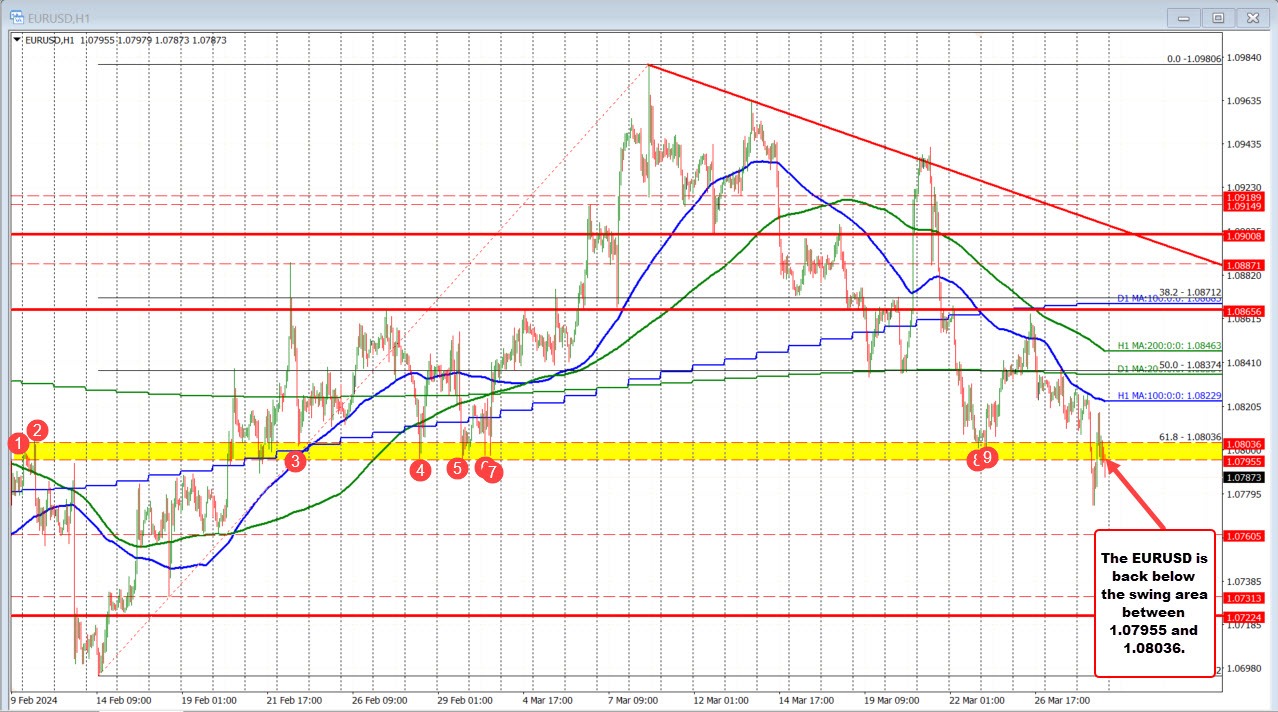Insuring Against a Hard Landing: Insights from Villeroy on Central Bank Strategies
Introduction
In a recent statement, Villeroy highlighted the importance of taking precautions against a hard landing scenario by initiating rate cuts. According to Villeroy, the timing of the first rate cut, whether in April or June, is not crucial. What is essential is that the first rate cut should happen in the spring, independent of the US Federal Reserve’s timeline. The goal is to start with a moderate cut and then assess the need for further cuts in subsequent meetings.
Analysis
Villeroy’s emphasis on insuring against a hard landing demonstrates a proactive approach to economic challenges. By preemptively lowering rates, central banks can stimulate growth, prevent recessions, and stabilize financial markets. The moderate rate cut strategy allows for flexibility and responsiveness to changing economic conditions. Additionally, the softening of the EURUSD exchange rate can potentially benefit exports and boost economic competitiveness.
Impact on Individuals
For individuals, Villeroy’s central bank strategies could translate into lower borrowing costs, increased consumer spending, and improved investment opportunities. Homebuyers may benefit from more affordable mortgage rates, while investors could see higher returns in a lower interest rate environment.
Global Implications
On a global scale, Villeroy’s recommended rate cuts could have ripple effects across international markets. Lower interest rates in one region may attract foreign investors seeking higher yields, leading to capital inflows and currency fluctuations. The interconnected nature of the global economy means that changes in central bank policies can impact trade flows, investments, and economic growth worldwide.
Conclusion
In conclusion, Villeroy’s insights on insuring against a hard landing through rate cuts underscore the importance of proactive monetary policy decisions. By taking preemptive measures to mitigate economic risks, central banks can help sustain growth, support financial stability, and safeguard against potential downturns. The timing and extent of rate cuts will play a crucial role in shaping the economic landscape, both at an individual level and on a global scale.





